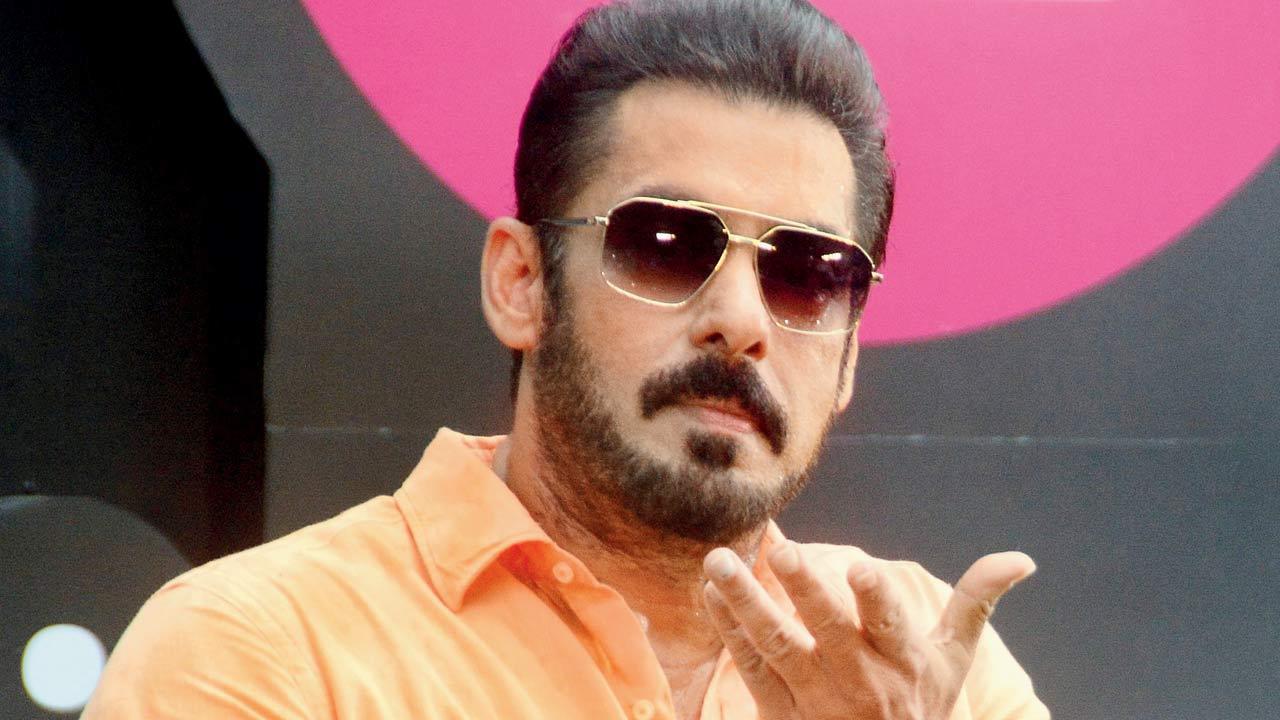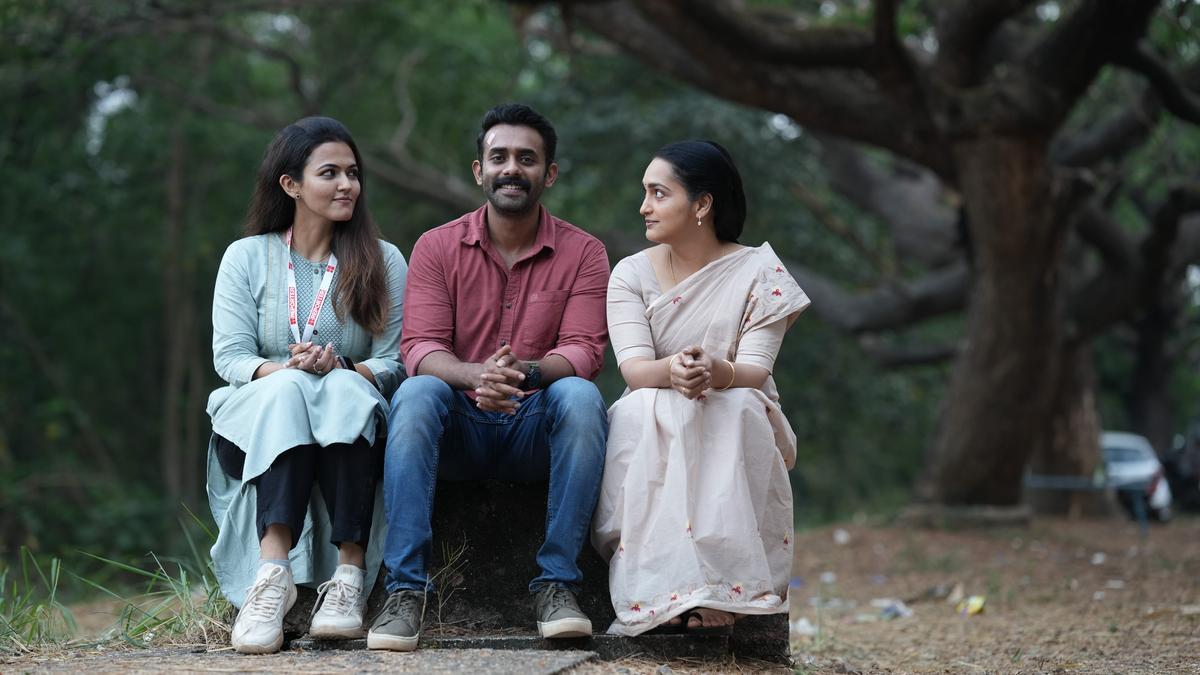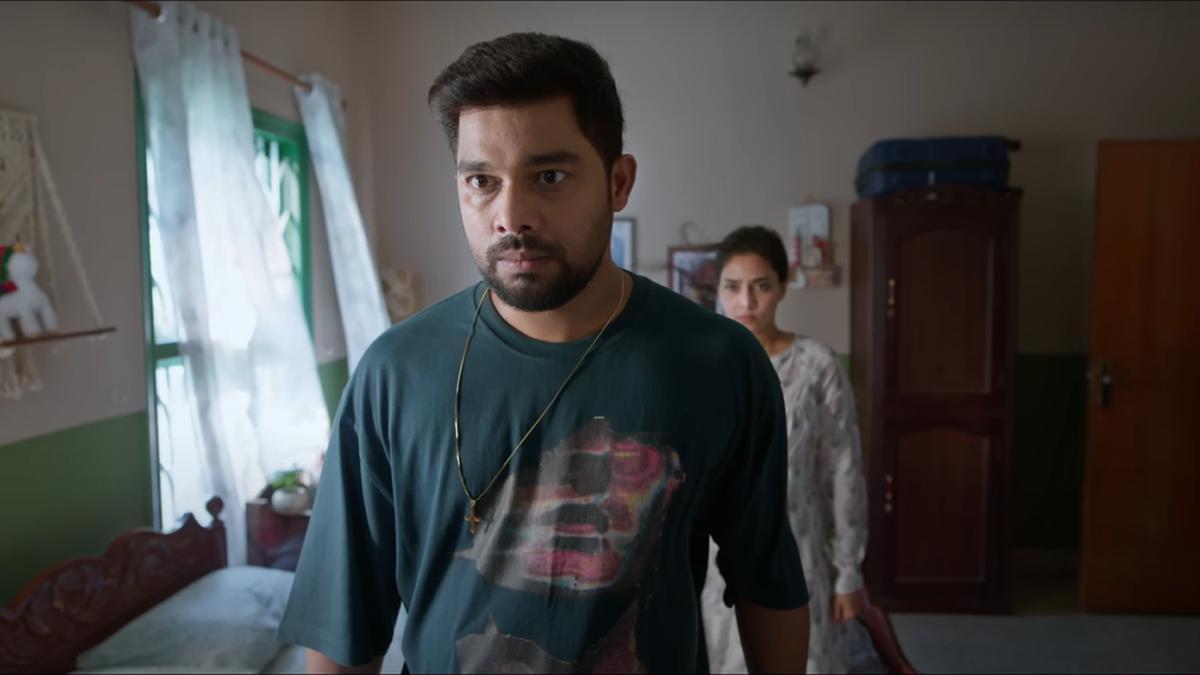
It was an evening dedicated to the cosmic dancer, a thematic margam honoring none other than Shiva, at Brahma Gana Sabha. The stage was set for a journey through expressions and rhythm as dancer Uma Ramesh prepared to unfold a performance that would navigate the terrains of physical splendor and philosophical depth, all centered around the revered deity.
The audience found themselves immersed in a spiritual introduction to Lord Shiva, with Uma commencing her recital with an energetic Mallari in raga Gambhira Nattai. This inaugural piece offered more than just a glimpse into the divine; it was a tour of the sacred Thiruvalangadu kshetram, a temple where Shiva’s dance is said to be inspired by the very essence of the sapta swaras— the seven notes forming the basis of music— and the sounds emanating from the myriad of classical instruments.
Further capturing the allure of the temple itself, Uma’s choreography meticulously painted the temple’s serene pond, brimming with blooming lotuses and draped in architectural wonder. From the shrines honoring Vinayaka and Murugan to the majestic deity processions, the nuances were not just enacted but felt deeply by those who bore witness.
Transitioning from the vivid physical descriptions, the performance shifted to a more intimate portrayal of love and longing. Through the Khamas varnam ‘Samiyai azhathodi va’, originally composed by the Thanjavur Quartet, an evocative narrative began to unfold. A lovestruck nayika pleads with her friend to bring her beloved Shiva to her, as his absence renders her heart heavy. This segment was marked by intricate sancharis—interpretative gestures and facial expressions—and robust nritta—pure dance movements—that punctuated the varnam with heartfelt yearning.
Delving deeper into reverence and total surrender, Uma next presented ‘Varugalamo aiyya’, a composition by Gopalakrishna Bharathi in the raga Manji. The character of Nandanar pleads for the merciful glance of the Lord, a humble request to simply behold him. Uma’s sensitive abhinaya, the expressive facet of the dance, added layers of poignancy to the lyrics, weaving a tapestry of desperate devotion that moved the spectators.
Philosophy took center stage with Subramania Bharati’s ‘Parashiva’ set in raga Sarasangi. Here, the amalgamation of body and soul was danced into being, leading to an exalted state wherein the seeker hopes to ultimately merge with the divine. Such an interpretation was not merely a dance; it became a contemplation on existence itself, echoed in the profound poetry and the expressive performance of Uma.
The recital concluded on a crescendo with a thillana composed by K.S. Balakrishnan in raga Nadanamakriya. Balakrishnan doubled as the conductor of the nattuvangam throughout the event, leading the orchestral team with precision. His team included accomplished artists like S.R. Praveen, whose vocal prowess resonated within the hall, Vedakrishnan on the rhythmic mridangam, Kalaiarasan with the melodious strains of his violin, and Sujith Naik, whose flute added a lyrical atmosphere to the evening.
As the final notes hung in the air and the audience’s applause soared, it was evident that Uma Ramesh had not merely performed; she had invited the audience on a spiritual odyssey. Though the evening at Brahma Gana Sabha may have concluded, the impact of her thematic performance—dedicated to the Lord of Dance Shiva and moving gracefully from the tangible to the transcendental— would resonate long after.










